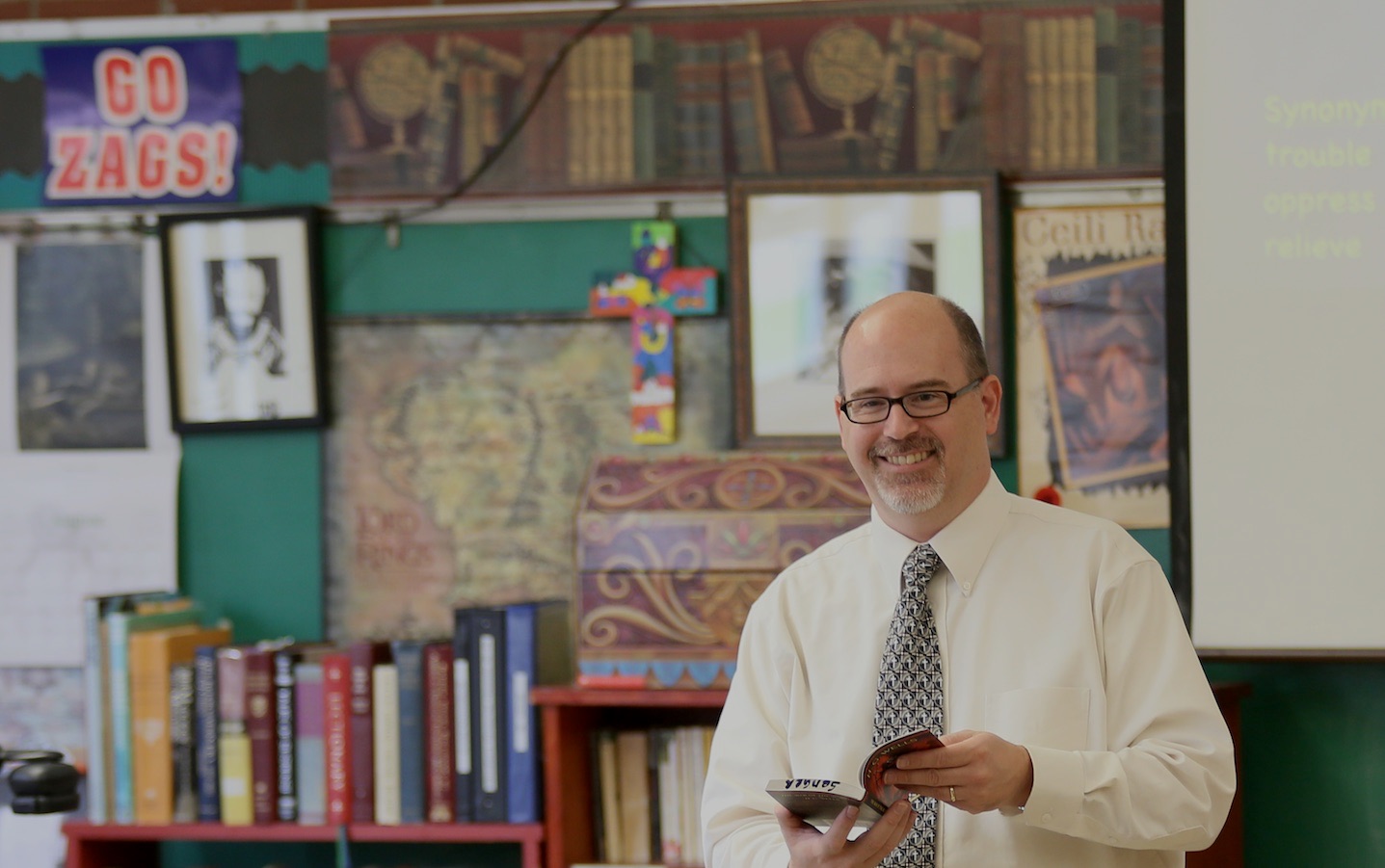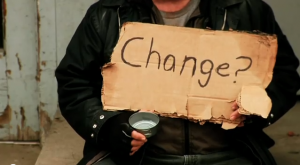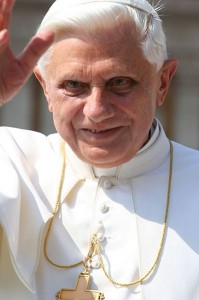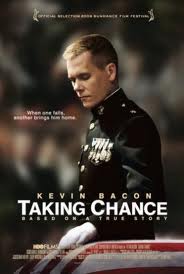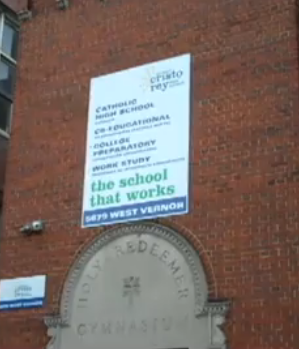I love the book Freak the Mighty by Rodman Philbrick, and I think reading it aloud to 8th graders in September is the perfect way to start the year. If you’re not familiar with the story, here’s the summary from School Library Journal (with spoilers taken out):
“A wonderful story of triumph over imperfection, shame, and loss. Large, awkward, learning-disabled 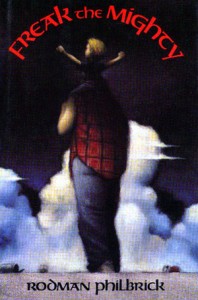 Maxwell Kane, whose father is in prison for murdering his mother, and crippled, undersized Kevin are both mocked by their peers; the cruel taunting they endure is all too realistic and believable. The boys establish a friendship-and a partnership. Kevin defends them with his intelligence, while Max is his friend’s “legs,” affording him a chance to participate in the larger world. Inspired by tales of King Arthur, they become knights fighting for good and true causes….The author writes with empathy, honoring the possibilities of even peripheral characters; Kevin and Max are memorable and luminous.”
Maxwell Kane, whose father is in prison for murdering his mother, and crippled, undersized Kevin are both mocked by their peers; the cruel taunting they endure is all too realistic and believable. The boys establish a friendship-and a partnership. Kevin defends them with his intelligence, while Max is his friend’s “legs,” affording him a chance to participate in the larger world. Inspired by tales of King Arthur, they become knights fighting for good and true causes….The author writes with empathy, honoring the possibilities of even peripheral characters; Kevin and Max are memorable and luminous.”
For the past three years, my eighth graders have found it engaging, entertaining and moving. Here are ten reasons why you should consider reading it to your seventh or eighth grade class:
- The main characters are seventh graders going into eighth grade, and they’re portrayed like realistic junior high kids.
- Both characters are social outsiders, which does two important things: a) it gives the social outsiders in your own class someone to identify with; b) more importantly, it helps the rest of the kids in the class be more accepting of the differences of others.
- There is a strong pro-reading anti-TV message to the story that doesn’t come off preachy, corny or phony.
- The novel shows that a person’s value does not come from what they can do or not do, but from their very being.
- The book constantly makes reference to Arthurian legends, always a popular subject with 8th graders.
- Both boys and girls find the story compelling, from the adventurous antics and kidnapping subplot to concern over the treatment of those with disabilities.
- The chapters are short enough to read at the beginning of class without cutting into the period too much.
- With only 23 chapters, the book can be read in about a month.
- Kevin is a loveable geek, and there aren’t enough loveable geeks in fiction 🙂
- Finally, there are at least a half a dozen ways the book can be incorporated into literature, reading or religion class; a few examples:
- As an exploration of what writing fiction is – Kevin often talks about the power of remembering, and the control a person has over what he or she remembers
- As an example of how writing can be therapeutic – Max writes the story to get over the traumatic events of that year
- As a discussion-starter for how to treat people with differences – Both Max and Kevin struggle with being different, and the book offers hope to those who feel left out
In a gesture of great generosity, Rodman Philbrick has made available at no charge a version of Freak the Mighty as a one- or two-act play. To get a copy of the play as a pdf, visit Mr. Philbrick’s website and follow the directions you find there. While you’re at the site, be sure to look at the teacher’s guide.
I also highly recommend the movie adaption, The Mighty, starring Sharon Stone, Kieran Culkin, Gillian Anderson, and James Gandolfini. Even the soundtrack is incredible, with the title song performed by Sting. Be sure to preview the movie before showing it due to some swear words and few “birdies” flying, if you know what I mean.
[Cross posted at Teen Literacy Tips]
 If your students come from stable economic backgrounds, they might find it difficult to understand the plight of the poor. Often, students have a stereotypical view of those in poverty and fail to grasp just how difficult it is to live with a low income. Urban Ministries of Durham has created SPENT, an online simulation in which participants try to survive a month without going broke. After applying for a job, they must deal with health issues, cranky landlords, grocery bills, and more. At every step, pop-up circles inform you about how these different challenges take their toll on the working poor in America.
If your students come from stable economic backgrounds, they might find it difficult to understand the plight of the poor. Often, students have a stereotypical view of those in poverty and fail to grasp just how difficult it is to live with a low income. Urban Ministries of Durham has created SPENT, an online simulation in which participants try to survive a month without going broke. After applying for a job, they must deal with health issues, cranky landlords, grocery bills, and more. At every step, pop-up circles inform you about how these different challenges take their toll on the working poor in America.